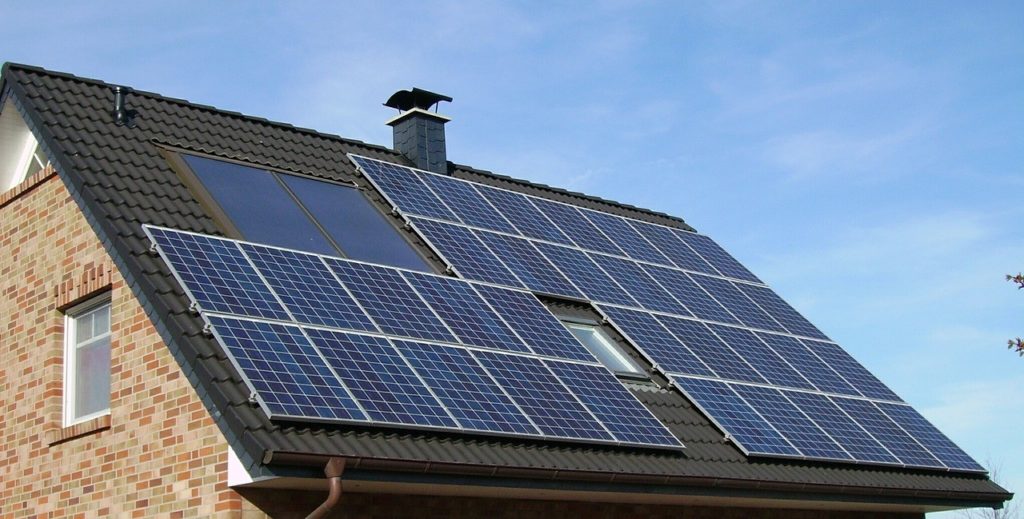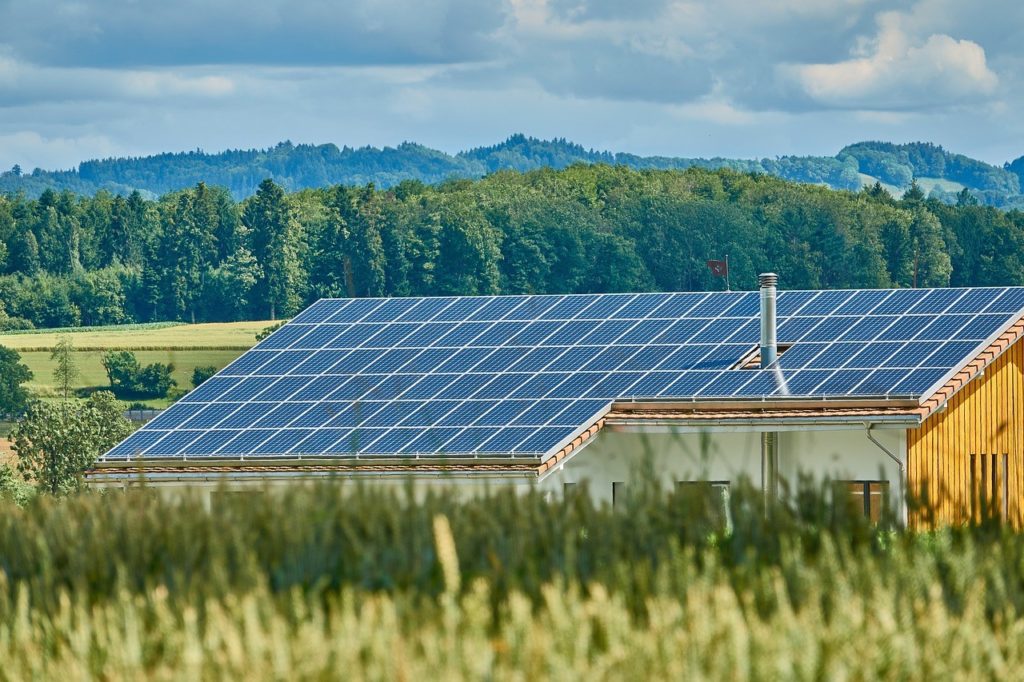Whether you’ve finally decided to go off-grid, you want to reduce your carbon footprint or want to save on power bills, you’ve made the right decision considering solar power.
Unfortunately, as you may have already noticed, it’s not easy to decide on the most fitting solar panel for your home. There are many confusing options out there, and it’s easy to get overwhelmed.
Lucky for you though, this write-up summarizes for you all the solar panel options you need to consider. This includes their cost, design, cost and efficiency.

Let’s begin!
Option 1: Monocrystalline solar panel
If you walk into a shop and see a solar panel containing black cells, it’s likely a monocrystalline solar panel. Each of its cells has a silicon wafer made of one silicon crystal.
The total number of cells this panel contains is 60 to 72. The number generally depends on the panel’s size.
With an efficiency of 17% to 18%, the monocrystalline solar panel is the most efficient of all according to pv panels. It also has the highest power capacity. Moreover, the fact that this type of solar panel is highly efficient makes it require a lot less space than the others to attain a certain power capacity.
Because of all these features, the monocrystalline panels usually cost more than the other types of solar panels.
Like most people, you’ll likely love these panels because of the way they look. Since the solar cells inside the panels are single, flat, and black, they are usually very attractive.
However, if you want to identify the monocrystalline solar panel without relying on aesthetics, all you need to do is check the shape of the silicon wafer shape. They usually have a square-like shape but without the corners.
Option 2: Polycrystalline solar panels
If you take a close look at a polycrystalline solar panel, you won’t see the large white spaces that are usually on monocrystalline panels. This is because their cells’ corners are not cut off. Instead, you’ll see some sort of blue color which results from the panel’s multiple crystals.
Polycrystalline solar panels also contain between 60 and 72 cells which are created from molten silicon.
Manufacturers create these cells effectively and cheaply, making the panels are more inexpensive than monocrystalline solar panels.
Moreover, since a polycrystalline solar panel has multiple silicon crystals, the electrons use more energy to flow. This makes the polycrystalline panels less efficient than the monocrystalline panels.
In other words, they don’t convert as much sunlight into electricity, affecting the amount of energy that is generated from them. They are between 15% and 17% efficient.
Thin solar panels
These are totally different from the two types of solar panels discussed above. They are usually used in industries and other large scale facilities.
While you may see them being provided to you as an option while shopping, you shouldn’t consider them at all if you’re looking to generate power for your home.
Thin solar panels are usually considered the worst solar panels due to their low efficiency. More precisely, they are between 10% and 13% efficient.
This means that you’ll need to install many thin-film solar panels to generate enough electricity. They are therefore popularly used in large scale installations that have more space, and higher electricity needs.

What is the best option?
If you want to get the most of solar energy, then monocrystalline solar panels should be your first option. You’ll definitely have to pay more for them, but you’ll get higher efficiency, a better-looking set of panels, and save on space.
However, if you are on a budget, then polycrystalline solar panels may be better for you.
Whatever choice you decide to make, just ensure you are using high-quality and efficient batteries. You have to ensure you store as much energy as possible during the day.
What’s more, you should not have to deal with the bulky, high-maintenance, and expensive to install batteries to keep your home powered throughout the day.
You need a compact, efficient, maintenance-free, and easy to install battery especially if you’re on the Gold Coast. In other words you need to purchase the Tesla power wall gold coast battery to be safe.
Autobiography
Jim Pulman has extensive knowledge and experience in Home Building, Construction, and Design. He writes articles in his free time and partners with content creators to share his expertise with the online community